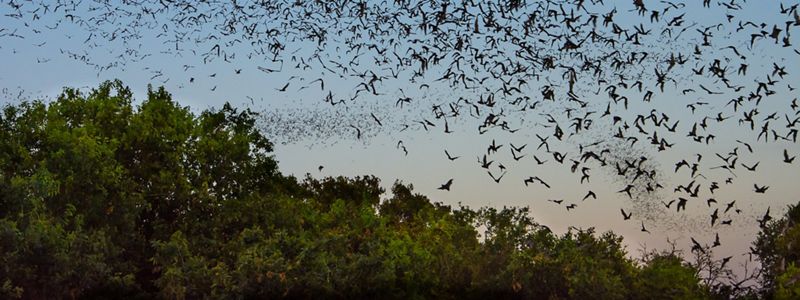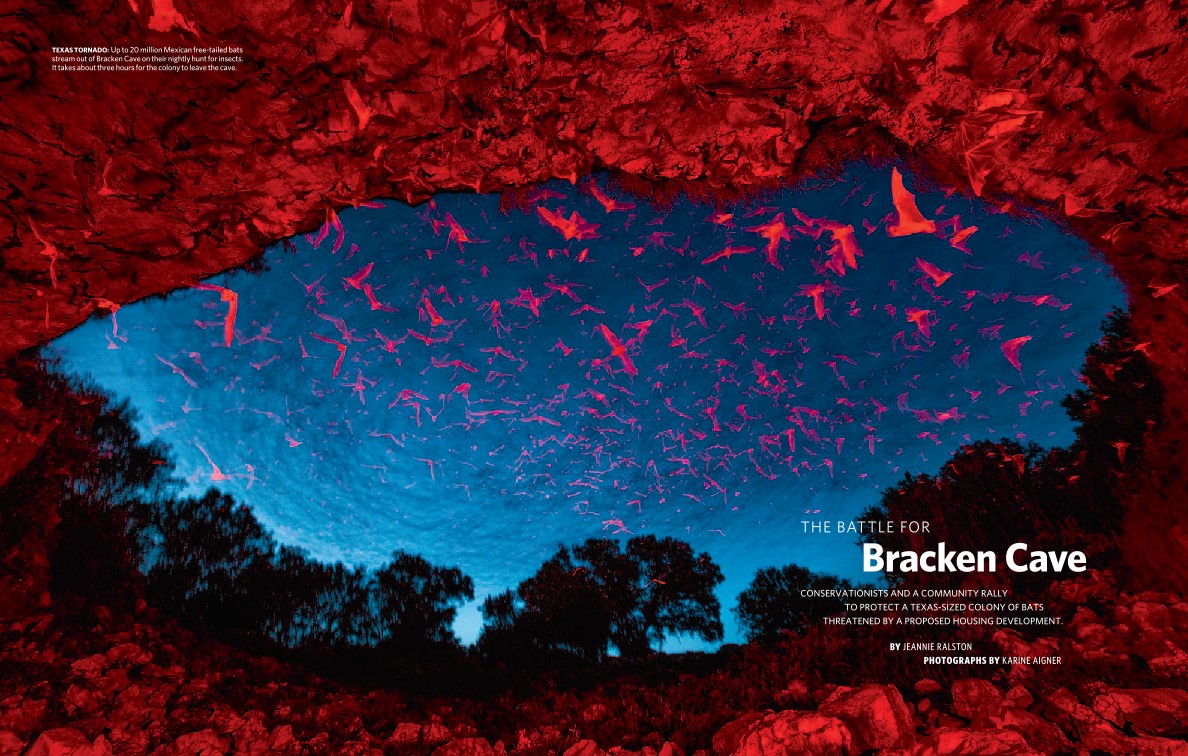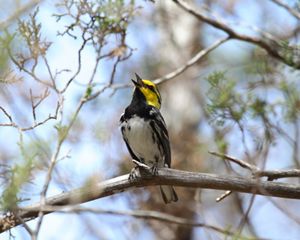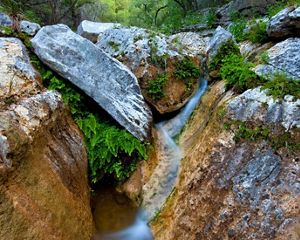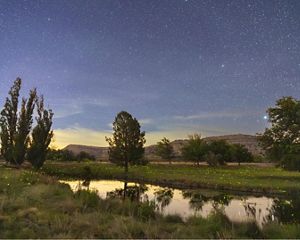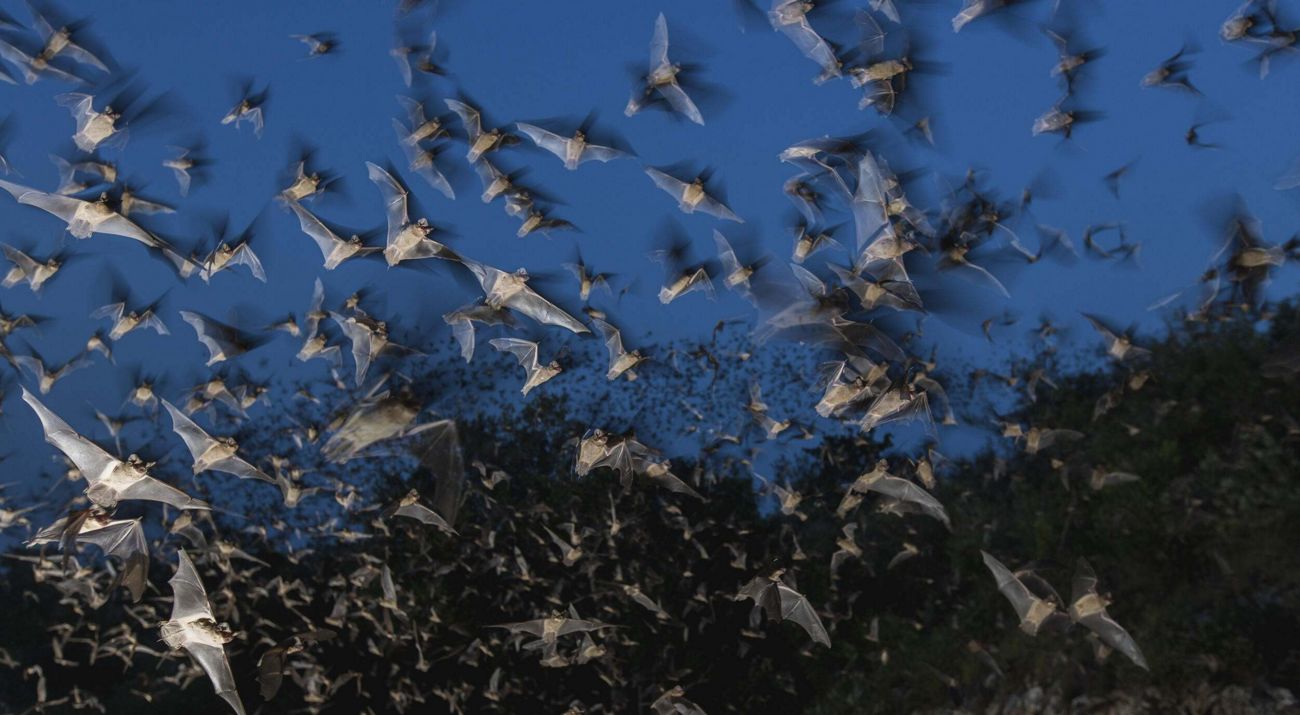
Bracken Bat Cave
A 1,521-acre property near San Antonio helps protect the world's largest bat colony, local water supplies and habitat for endangered species.
Going to Bat for Mexican Free-tailed Bats
Protecting Bracken Bat Cave
Located roughly 30 miles northeast of San Antonio lies Bracken Bat Cave—the world’s largest bat colony. Each year, millions of Mexican free-tailed bats can be found roosting here between March and October. But this centuries-old wildlife habitat was once at risk of being developed.
Together with Bat Conservation International and the City of San Antonio, TNC secured a 1,521-acre property in Comal County, resulting in a trifecta of conservation successes for Central Texas—including protecting the home of some of the region’s most important pollinators and pest-eaters.
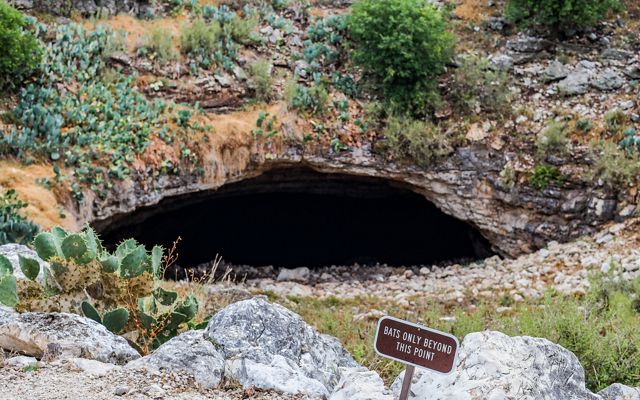
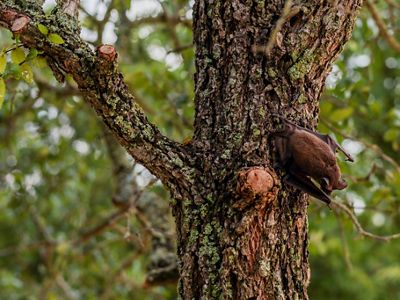
The purchase also created new habitat for the federally endangered golden-cheeked warbler and expanded TNC's work in safeguarding Texas’ most valuable resource: clean, fresh water. This acreage is located entirely within the Edwards Aquifer Recharge Zone, the most sensitive portion of the aquifer system. As one of the most prolific artesian aquifers in the world, the Edwards Aquifer provides drinking water for roughly two million central Texans, including the entire city of San Antonio. In total, TNC has helped preserve over 95,000 acres of land above or contributing to the Edwards Aquifer.
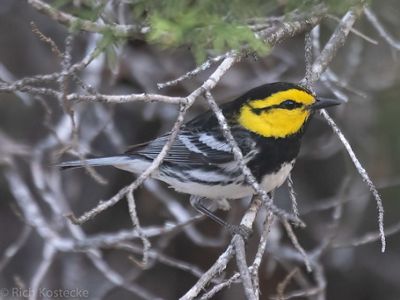
Conservation Takes Flight
The history of this property is unique—it was previously slated to become a 3,500-home subdivision. Scientists, conservationists and community members strongly opposed the development due to the property’s proximity to the bat cave and the risks to local water supplies and established warbler habitat. After more than a year of work, this highly complex conservation deal came together with input from a broad spectrum of trusted partners. Much of the funding for the acquisition came from a coalition of public and private organizations that includes The Nature Conservancy, the City of San Antonio, Bat Conservation International, the Edwards Aquifer Authority, Forestar, the United States Army and Bexar County.


The property now creates an important link between TNC's Frank Klein Cibolo Bluffs Preserve and Bracken Bat Cave, offering the bats ample room for their nightly flightpath to feast on insects. Ultimately, through land acquisitions and conservation easements, TNC and partners have helped protect over 5,000 acres of some of the most ecologically important land in the Hill Country along Cibolo Creek. Our collective work in the area with partners is an excellent example of at-scale conservation in Central Texas.
Bat Facts
Bracken Cave
-
15M+
Bracken is a maternity colony; the bats that arrive in spring are already pregnant. Once their pups are born, the population of the cave doubles to over 15 million.
-

140tons
A single Mexican free-tailed bat will eat its weight in bugs each night. Once pups are fully grown, the bats of Bracken Cave eat over 140 tons of insects every evening.
-
4.5hrs
The bats’ nightly emergence from Bracken can take up to 4.5 hours and is so dense it can be seen on Doppler radar.
-
102°+
The temperature inside Bracken Cave consistently stays between 102-104 degrees Fahrenheit, keeping pups warm and healthy.
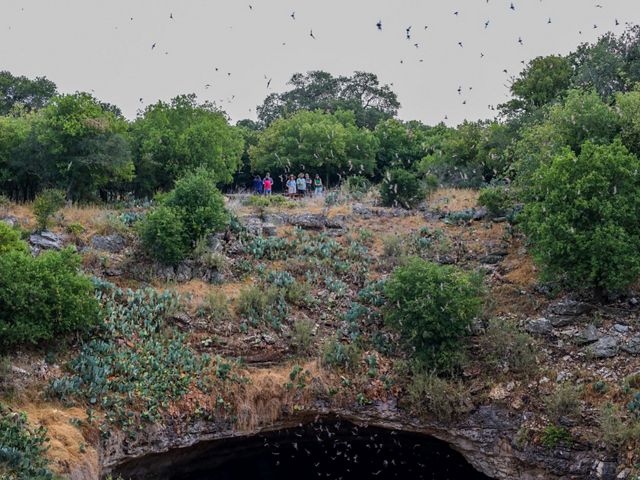
Download
Read the full Nature Conservancy Magazine article about the acquisition.
DownloadWe Can’t Save Nature Without You
Sign up to receive monthly conservation news and updates from Texas. Get a preview of Texas's Nature News email.
